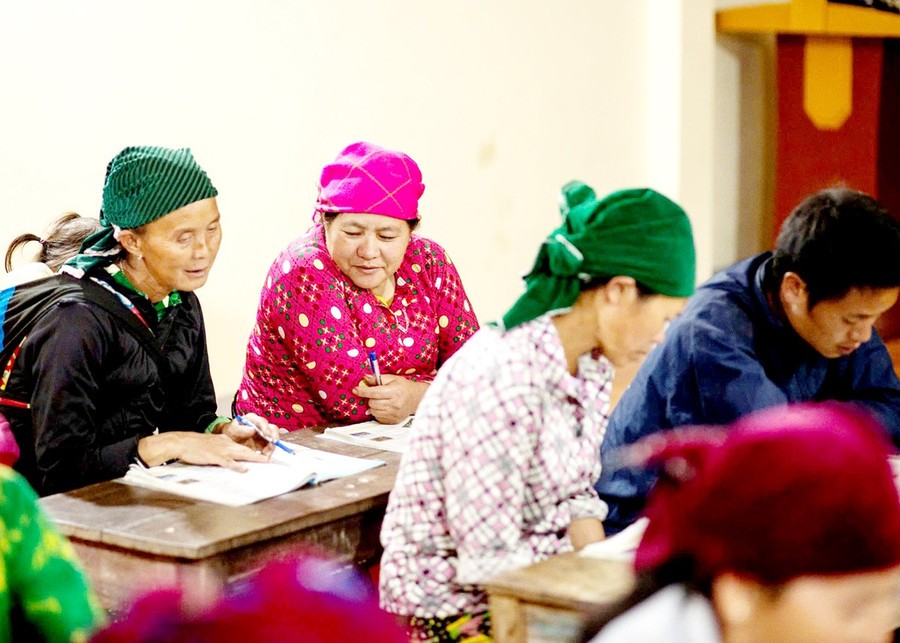
Many elderly students in Tung Vai commune, Tuyen Quang province attend literacy classes.
Strategic positioning
In the context of the National Target Program for Socio-Economic Development of Ethnic Minority and Mountainous Areas entering the 2026-2030 period, the Ministry of Education and Training has developed a strategic medium-term public investment plan, placing literacy at a key position. Not only stopping at completing quantitative targets as in the previous period, literacy has been upgraded to the task of "continuing to maintain and improve efficiency", reflecting the shift from the goal of universalization to improving quality and sustainability.
In the overall National Target Program, illiteracy eradication is included in Sub-project 1 - Project 5, along with the task of consolidating and developing the system of boarding schools for ethnic minorities and boarding schools for ethnic minorities, investing in upgrading facilities to organize two-session teaching/day. Putting illiteracy eradication in the same group of tasks shows that the education sector considers this as the foundation for people, especially adults, to access higher education levels, participate in vocational education and continuing education. Thus, illiteracy eradication is not only the beginning of the learning journey, but also a tool to prevent re-illiteracy, helping people adapt to new development requirements.
The core objective is to both “maintain” and “improve efficiency”. If “maintain” means protecting achievements and preventing illiteracy, an inherent challenge in disadvantaged areas, then “improve efficiency” is the breakthrough. In the context of a knowledge-based economy and the 4.0 industrial revolution, knowing how to read and write according to the old standards is not enough to help ethnic minorities integrate. Therefore, the content of the new phase of illiteracy eradication will integrate many essential skills.
First of all, applied skills: learners need to know how to read and understand basic legal documents, grasp information about economics, agricultural techniques, medicine, etc. Next are basic digital skills: using smartphones, accessing official information to serve production and life. Furthermore, the program motivates people to continue studying GDTX, develop their careers, and contribute to sustainable poverty reduction after they become literate.
Along with skills training, the Ministry of Education and Training emphasizes the need to “raise awareness and social responsibility for illiteracy eradication”. This is not only the task of the education sector but also requires the cooperation of the entire political system and community. This socialized mindset is the factor that ensures sustainability, transforming illiteracy eradication from a state management program into a large social movement, closely linked to the rights and responsibilities of each citizen.
From policy to action
To realize the dual goal, the Ministry of Education and Training has given specific implementation directions for the period 2026-2030. The general principle is to concentrate resources on the most difficult areas, not spread out, and implement in a rolling manner to completely resolve the "hot spots" of illiteracy. Localities need to review the current situation, giving priority to communes with high illiteracy rates, especially in border areas and remote areas.
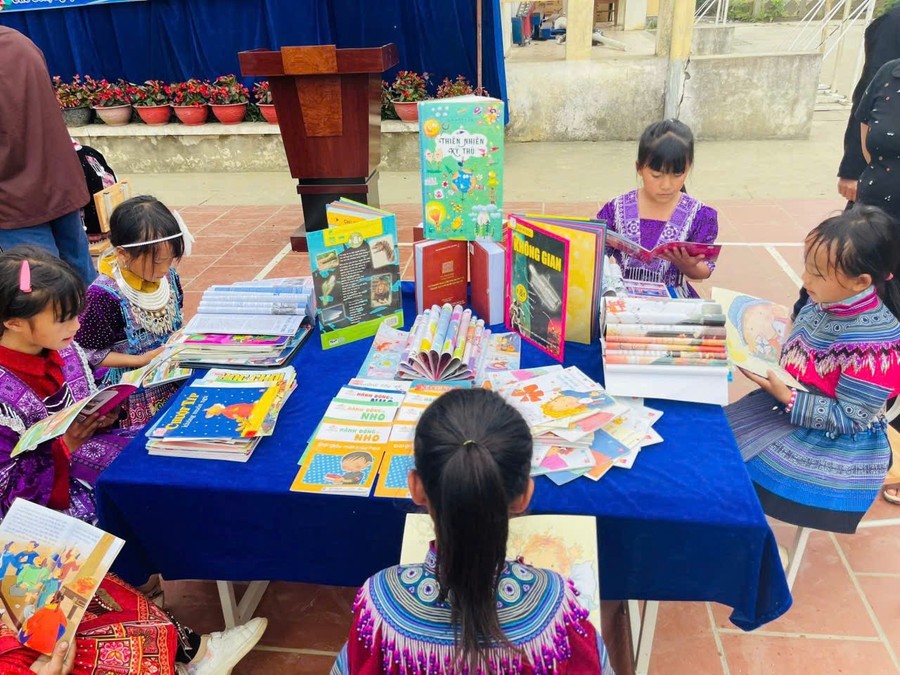
The technical workshop document "Reviewing and determining the medium-term public investment plan and career capital for the 2026-2030 period of the national target program for socio-economic development in ethnic minority and mountainous areas" of the Ministry of Education and Training clearly stated four groups of outstanding action solutions identified:
First, improve teaching resources. The focus is on developing and distributing literacy materials that are appropriate to the language, culture and living conditions of each ethnic community. Materials can be digitized for easy access by learners, or printed and distributed free of charge to educational institutions.
Second, training and developing the team. The quality of teachers and managers determines the success of illiteracy eradication. Therefore, specialized training courses and teaching methods suitable to the characteristics of ethnic minority and mountainous areas will be implemented synchronously, helping the team to be more proactive in guiding learners.
Third, policies to support learners. One of the biggest barriers is time and cost, as most people have to earn a living every day. Policies to support books, stationery, and incentives will reduce the burden and motivate people to attend classes regularly.
Fourth, communication and socialization. This is a continuous task, aiming to raise public awareness of the role of illiteracy eradication. The Ministry of Education and Training encourages the mobilization of village elders, village chiefs, border guards, monks, social organizations and philanthropists to participate. The participation of prestigious figures will create a spreading force, turning illiteracy eradication into a mass movement.
These solutions show a shift from an administrative management model to a community-based approach that places learners at the center. When people not only learn to read and write but also learn how to apply knowledge to life, literacy work will truly become the foundation for improving people's knowledge, contributing to the development of human resources in disadvantaged areas.
The 2026-2030 Literacy Plan reflects a strategic vision, from universalization to quality, from short-term goals to long-term sustainability. With the support of the entire political system and community, literacy work will create a solid foundation for comprehensive development in ethnic minority and mountainous areas, making a positive contribution to the cause of building and defending the Fatherland in the new situation.
Source: https://baolaocai.vn/tam-nhin-moi-cua-chuong-trinh-xoa-mu-chu-giai-doan-2026-2030-post884599.html


![[Photo] Many dykes in Bac Ninh were eroded after the circulation of storm No. 11](https://vphoto.vietnam.vn/thumb/1200x675/vietnam/resource/IMAGE/2025/10/15/1760537802647_1-7384-jpg.webp)
![[Photo] General Secretary To Lam attends the 18th Hanoi Party Congress, term 2025-2030](https://vphoto.vietnam.vn/thumb/1200x675/vietnam/resource/IMAGE/2025/10/16/1760581023342_cover-0367-jpg.webp)



![[Photo] Conference of the Government Party Committee Standing Committee and the National Assembly Party Committee Standing Committee on the 10th Session, 15th National Assembly](https://vphoto.vietnam.vn/thumb/1200x675/vietnam/resource/IMAGE/2025/10/15/1760543205375_dsc-7128-jpg.webp)
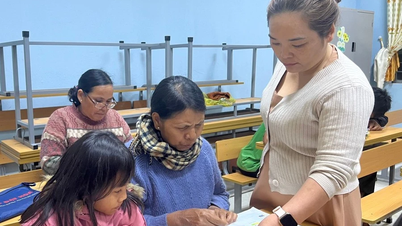

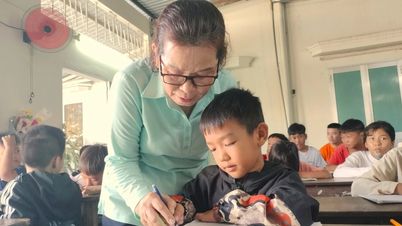
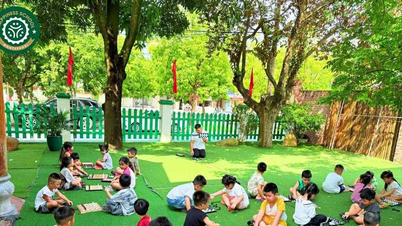
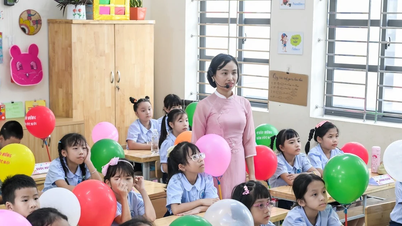
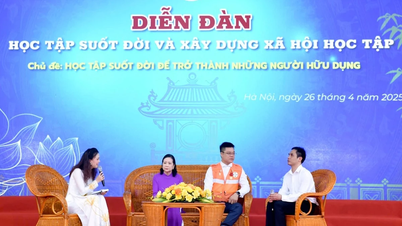

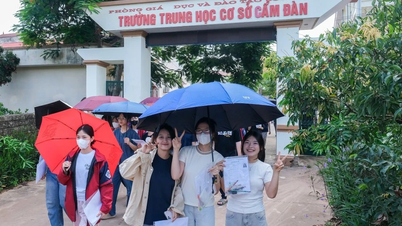
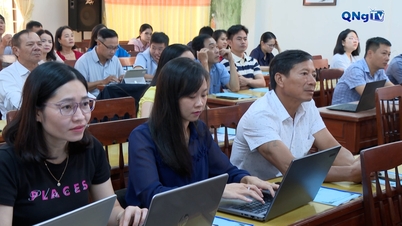

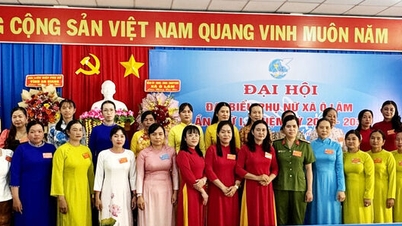

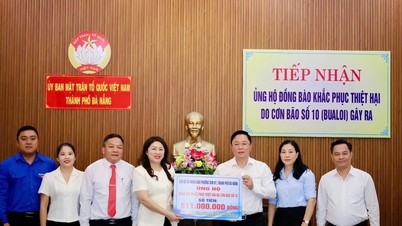

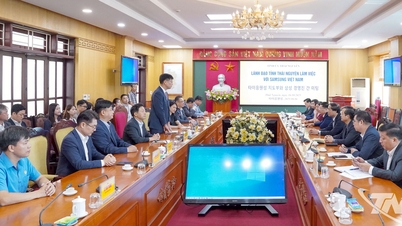



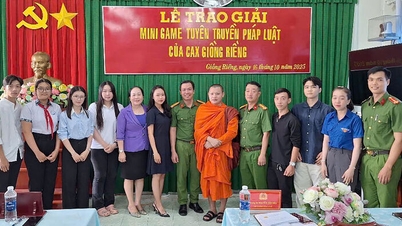




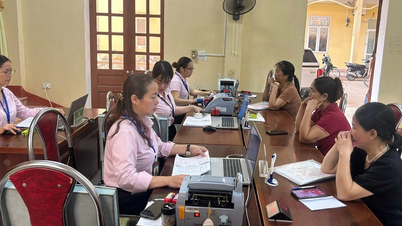
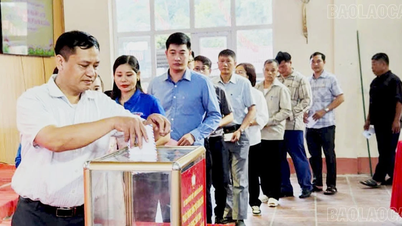

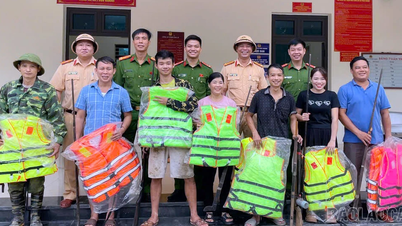







![[Video] TripAdvisor honors many famous attractions of Ninh Binh](https://vphoto.vietnam.vn/thumb/402x226/vietnam/resource/IMAGE/2025/10/16/1760574721908_vinh-danh-ninh-binh-7368-jpg.webp)











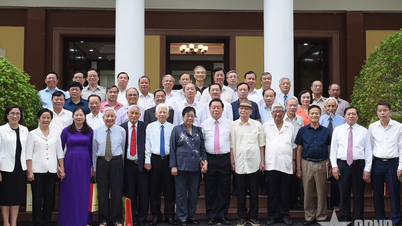



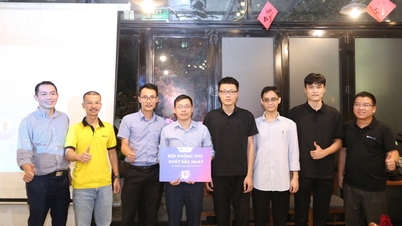

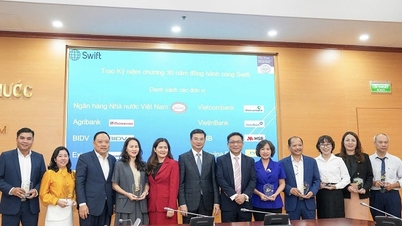
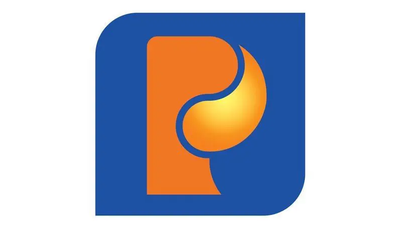
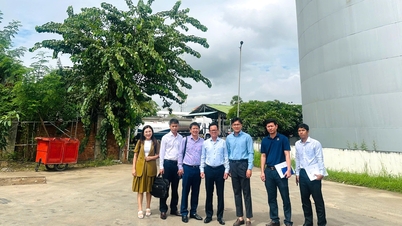














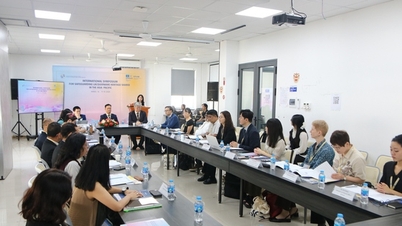

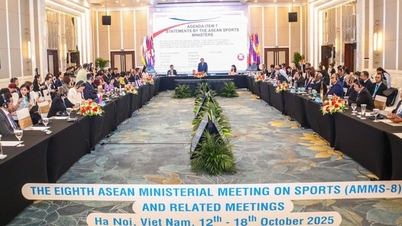
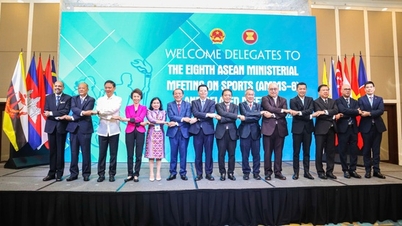


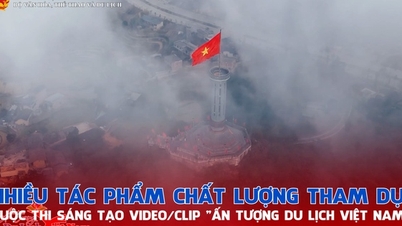



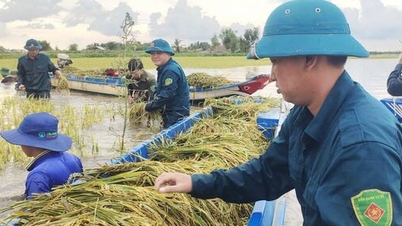

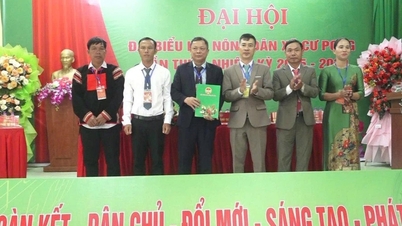

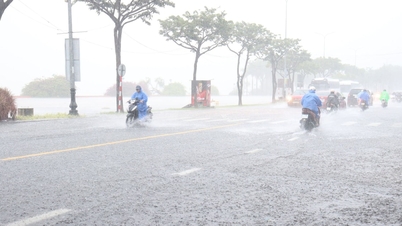













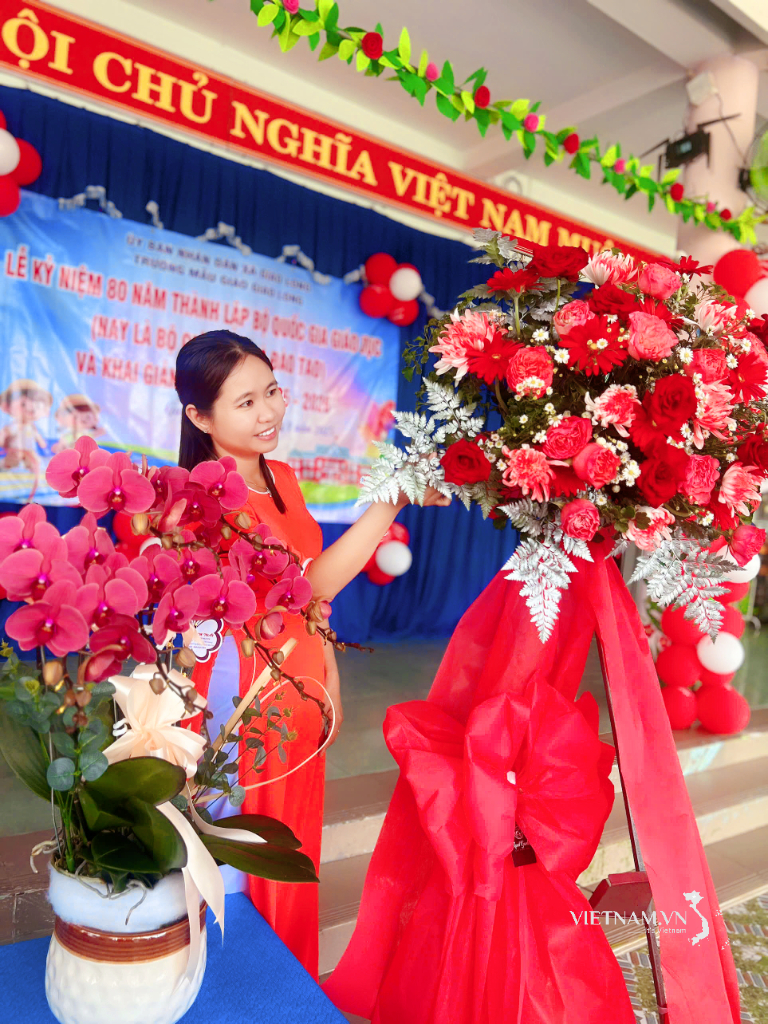


Comment (0)